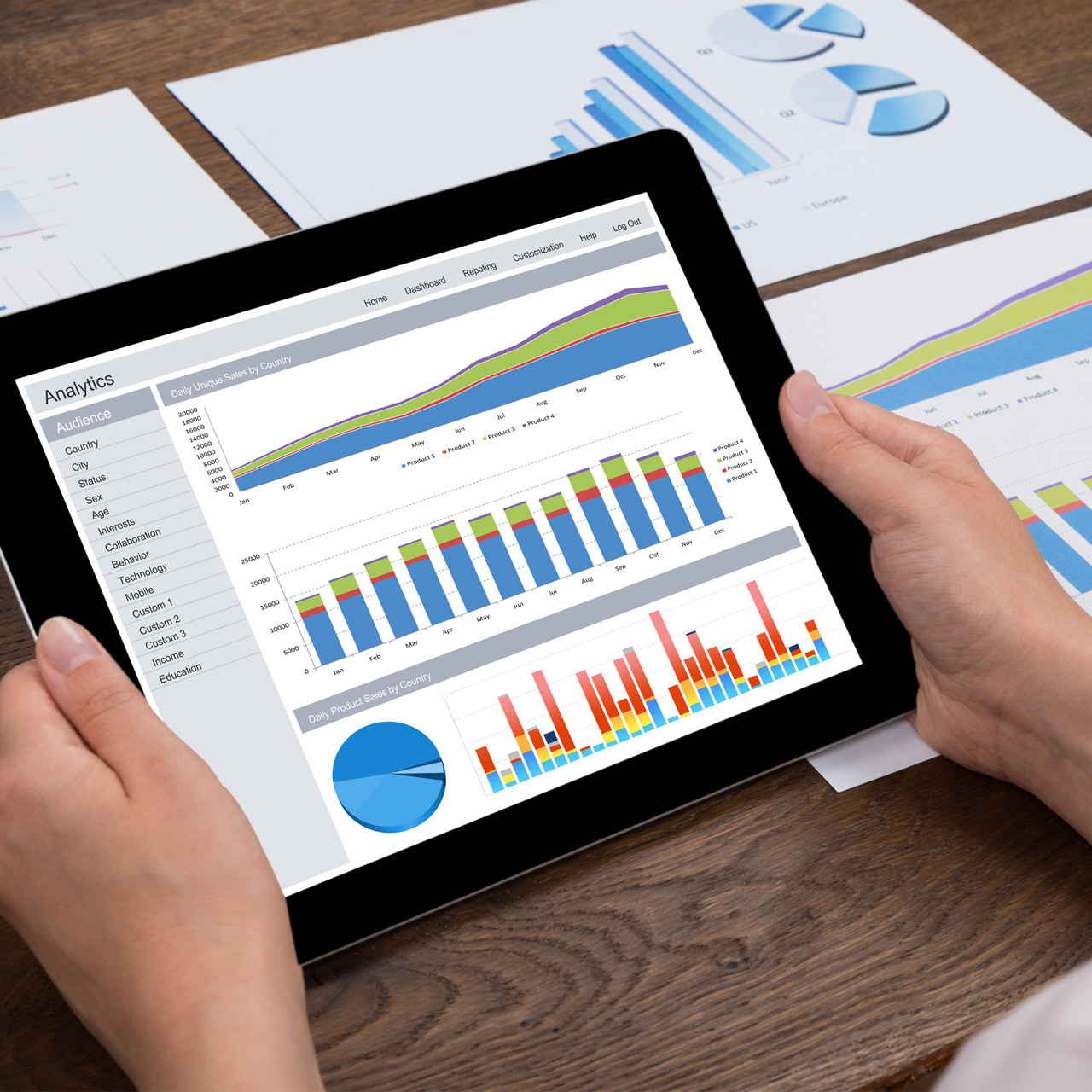With the continued rise of digital marketing and the “gurus” running around telling people that “social media marketing” is the only way to strategically market our businesses, we have created a huge problem for ourselves.
“Digital Marketing” isn’t actually a strategy – Yes, you read that right.
In marketing, you have your strategy, the content, and the channel that you are using to implement this strategy. Let me explain.
Strategy: A specific marketing tactic, examples include PR, Advertising, Direct Marketing, etc.
Content: A video, article, news piece, interview, discount, or voucher.
Channel: The place that you present your strategy. Traditionally this was either TV, radio, or print, now it has expanded to Instagram, Facebook, Google, Pinterest + hundreds of other platforms.
Facebook isn’t a marketing strategy, just like Newspapers isn’t a strategy or even Podcasting. What they are, are channels or places to spread a specific strategy.
So why does this matter? Isn’t it a matter of terminology? The simple answer is no.
The problem lies when we try and advertise on Facebook and are expecting a direct response result.
You may be using Facebook as a strategy when in fact you are using an advertising strategy and expecting the same results as someone running a sales promotion or a direct marketing campaign.
But because you are using ‘Facebook’ you (unfortunately) assume you are using the same ‘strategy’ – in fact, you are just using the same channel.
So let’s go into it a bit further.
There are 5 main types of marketing strategies:
(Ideally, you want to be using a mix of these – which is why a marketing plan is a good idea!)
Advertising – Paid promotion of your business on a large scale
Public Relations – Stimulates discussion and communication through news, speeches, TV and radio, etc.
Direct Marketing – A direct communication with individuals
Sales Promotion – Using the excitement of a sale to boost revenue
Product Placement – Paying a TV or Movie studio to include your product or service – I would put paying an Influencer in this category as well.
Here are some examples for you so you can better understand the terminology.
Strategy: Product Placement – you’ve paid an Instagram influencer
Content: The image you’ve supplied
Channel: Instagram
So you see, you aren’t actually doing Instagram marketing – but using the product placement strategy ON Instagram.
Another example:
Strategy: Direct Marketing
Content: A video that you are retargeting to those who have recently visited your website
Channel: Facebook
Again, here you aren’t using Facebook marketing, you are using a direct marketing strategy ON Facebook.

The problems increase when we bring ‘return on investment’ and ‘tracking’ into the equation and use this data solely to dictate which strategy we use.
With the rise of these online platforms tracking your results and reach has become infinitely easier for the Direct Marketing and Sales Promotion strategies, and even to an extent Product Placement and Advertising.
But tracking in PR and Advertising campaigns isn’t always as clear-cut. It’s not always easy to track direct results and that stops some people from using those strategies anymore.
Now I’m not suggesting that you go and run a full-page ad in your local paper – but I don’t want you to rule it out just because you can’t track it either.
There is a time and a place for each marketing strategy, and when you start to understand the difference between the strategies, the content, and the channels – you can start to identify what you’re missing out on.
If all you’re running is brand awareness-focused advertising and you’re wondering how you’ve wasted $2,000 on FB Ads, now you’ll know why.
If you’re running Direct Marketing ads on Facebook and you can’t expand your reach to anyone new, now you know why.
Everyone these days is an online marketing guru, but without knowing the fundamentals of marketing it can cause huge problems in your marketing.
So what do you do now?
Understand the different kinds of strategies and make sure you are using a variety across multiple channels.
Pick the channels you like to use, pick a couple of different strategies and create content for each particular channel – after all, you shouldn’t be using the same content on Instagram as you would in a print ad. Just because Facebook and Instagram are similar – they have their unique nuances that need to be taken into account.
Set up one campaign (or strategy on a particular channel) at a time and I know that your marketing will come together in a more consistent and effective way and ultimately that means more sales.
Want help getting your strategy in order?
Fill out the form below and I’ll be in touch to organize a time to chat and work on a clear plan for your marketing moving forward.
Subscribe to
Bright Red Marketing!
Want digital marketing tips, strategies and updates delivered straight to your inbox?
Subscribe to Bright Red Marketing.




